A picture is often worth a thousand words – and yet companies often rely on text-heavy presentations, strategies, mission statements, manuals and process descriptions. The result? Employees and managers alike can easily lose sight of the big picture. Why not use images instead – or even better: “big pictures”? They can get to the heart of complex topics and make them easy to understand. We have summarized the most important advantages for you below.
1. Increased Visibility
A Big Picture shows the impact of your actions on the company.
It visualizes the entire corporate world – from internal areas to interfaces with suppliers and customers. Detailed, illustrated scenes and practical examples make it clear what value your solutions and work results create.
This not only makes the valuable work of you and your partners visible, but also understandable and tangible.

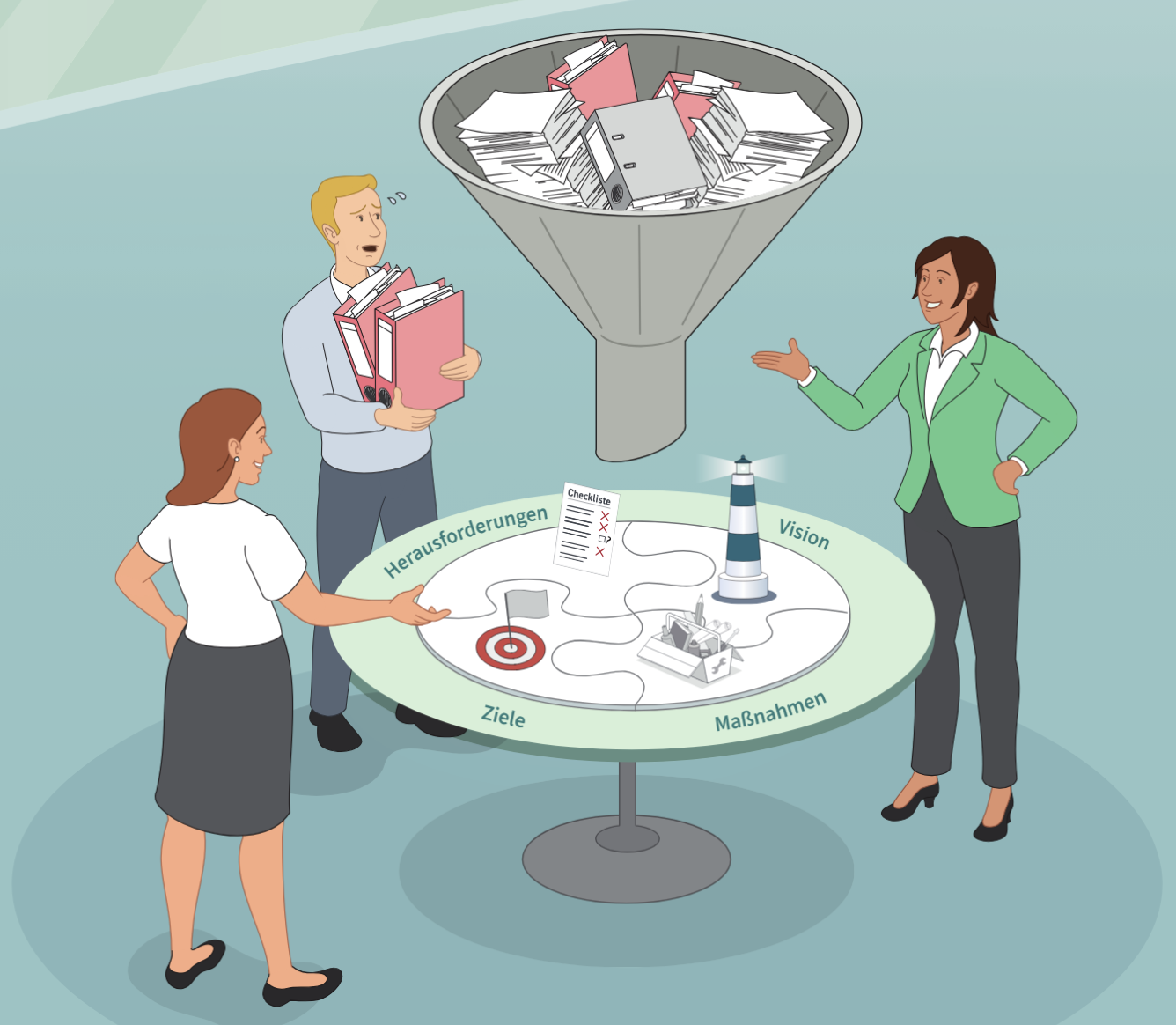
2. Reduced Complexity
Big Pictures make complex relationships tangible by reducing the complexity of the company and the market to the essentials.
They provide a clear overview of your corporate world, goals and projects. This makes it easier to understand what is at stake and how different topics are interrelated.
This not only makes it easier for project managers to deal with abstract and overloaded documents, but also offers the target groups an intuitive introduction to complex topics.
3. A Better Understanding
A Big Picture enables a bird’s eye view of the big picture, interactions and interrelationships to be clearly recognized. In contrast to a multitude of individual PowerPoint pages, it offers a comprehensive overview in just one image.
This is crucial, as many topics are closely interlinked and influence each other.
In addition to the abstract overview, the Big Picture also zooms in on the work level in detailed scenes to illustrate specific effects in everyday work.
This makes complex topics tangible, comprehensible and relevant for all participants.
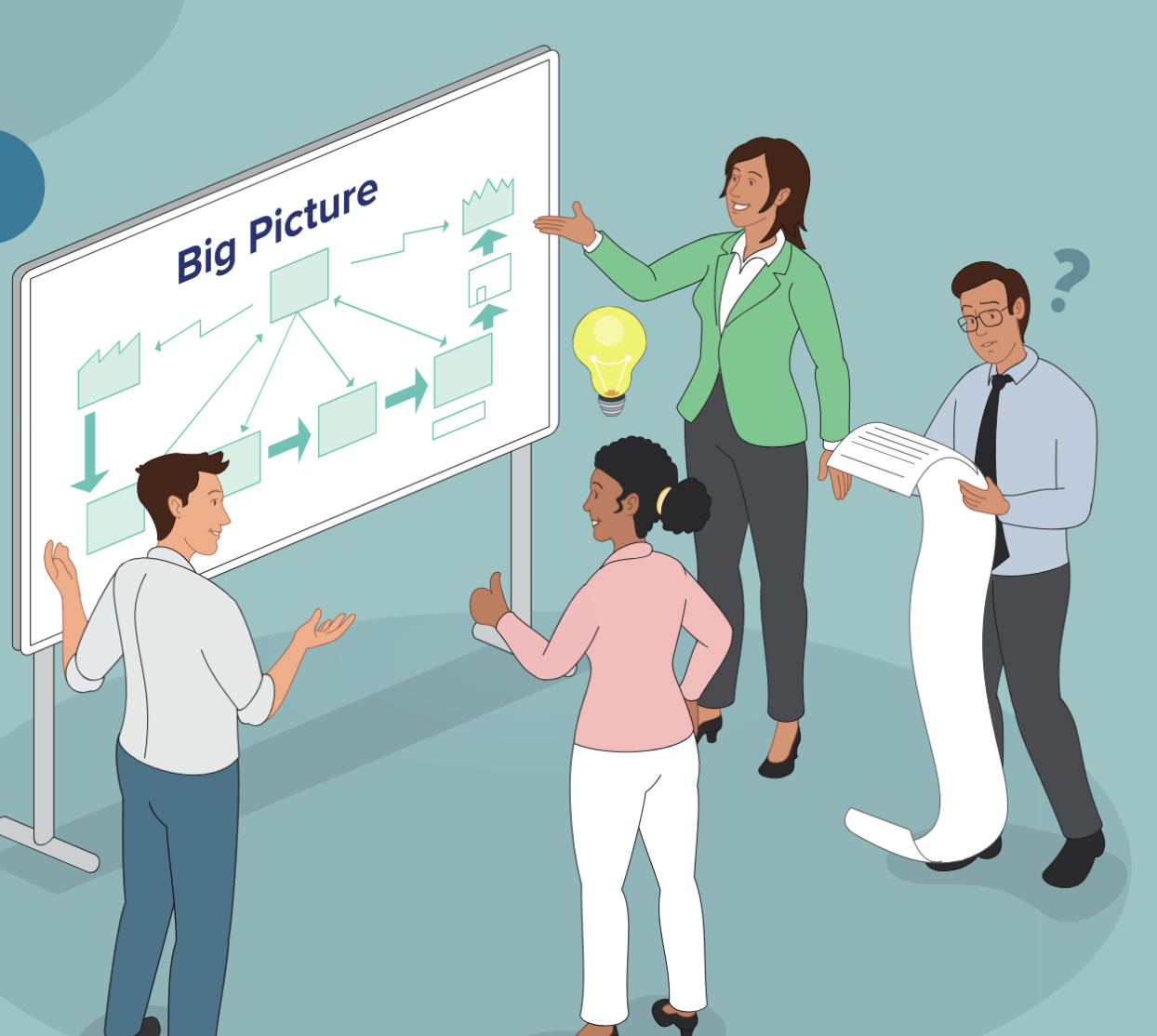
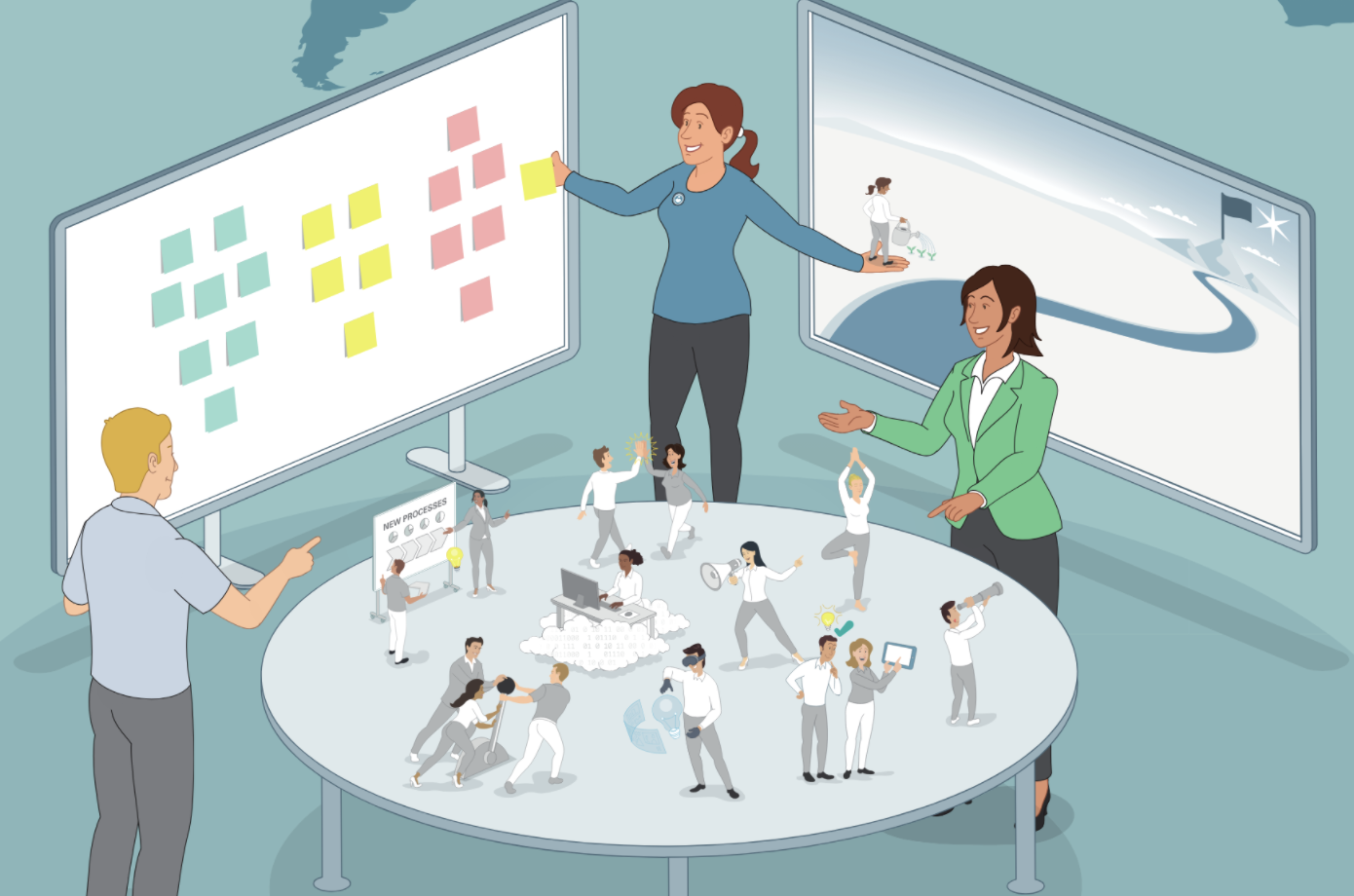
4. Stakeholder Engagement
Involving participants is a key success factor in developing a big picture. Their work and ideas can be incorporated into the development process either directly or indirectly, for example through workshops.
This makes them active co-creators and multipliers of the visualization and the underlying concept.
This approach works both on a small scale, such as in team workshops, and at large events, such as management conferences, where hundreds of executives can provide feedback and valuable input for the Big Picture.
5. Emotionalizing Facts and Figures
Key figures and targets are essential for business success, but to really inspire people, you need more than just numbers. The emotional component plays an equally important role.
A big picture brings all of this together: it puts people at the center – existing and future employees, managers, customers and other stakeholders. It shows how they are involved in implementing topics and achieving goals.
This creates an emotional connection that not only reduces fears but also promotes motivation and commitment.

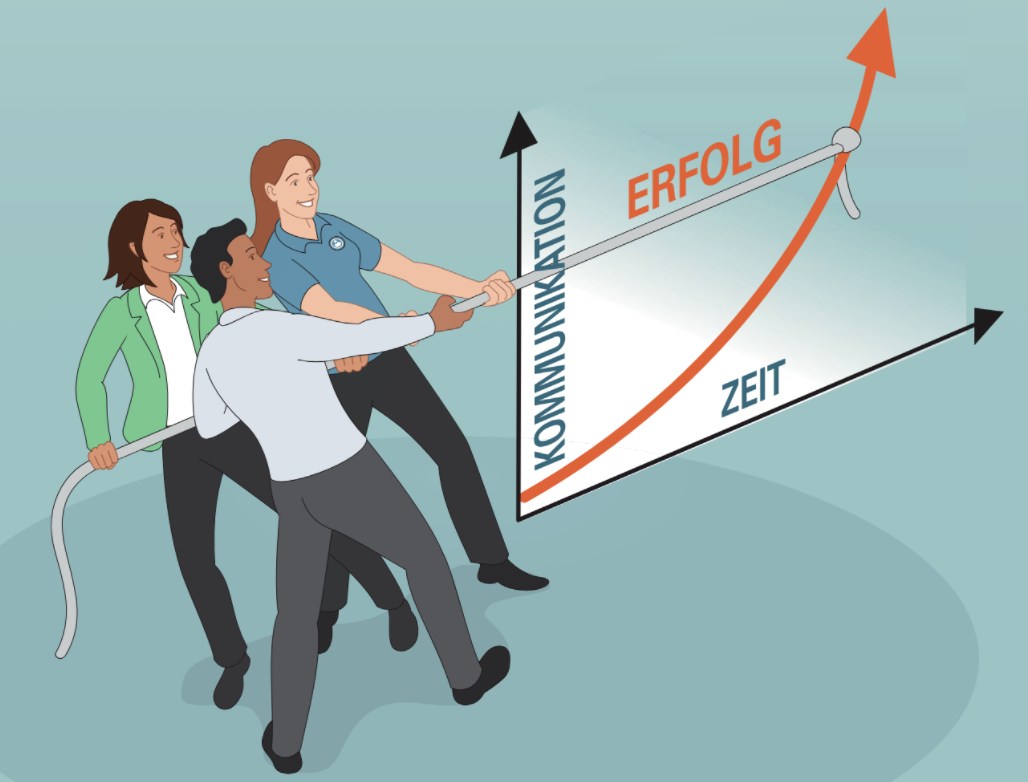
6. Communication as a Success Factor
Big Pictures facilitate the communication of complex topics through clear and simple visualization. The improved understanding increases motivation when implementing measures and contributes directly to the success of projects.
Possible areas of application
- Digital transformation
- Strategy development, corporate vision and mission statement
- Process optimization
- Change management
- Business modeling and portfolio management
- Collaborations and mergers
- Security management…
and much more.
7. Target Group-oriented Communication
A Big Picture is a versatile communication tool that adapts to different users and formats – from personal discussions to digital rollouts on a global scale.
The universal imagery overcomes language barriers and hierarchies, ensuring that all target groups are reached and understood equally.
Possible applications
- Workshops
- Board meetings
- Town hall and fishbowl formats
- Staff events
- Team meetings
- Regular communication
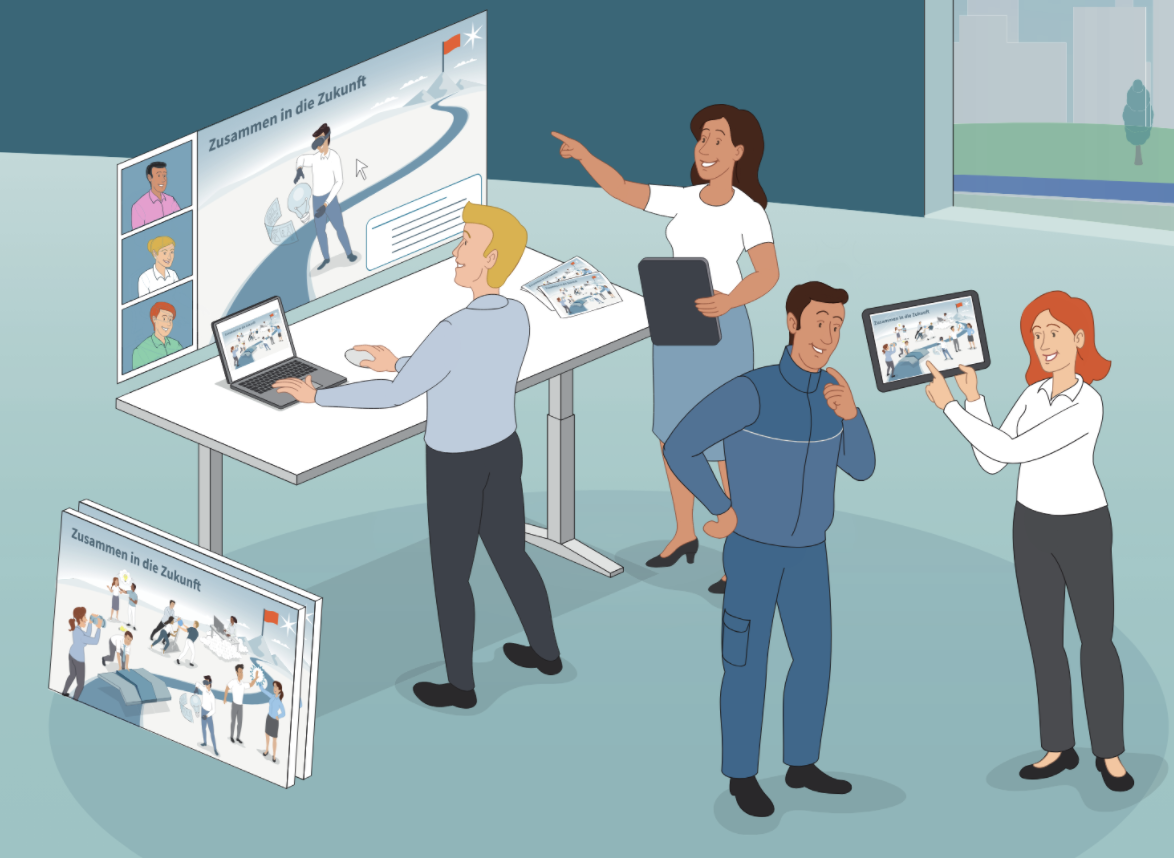
Take advantage of the benefits now!
Let’s find out together how visualization can also help you communicate your company’s topics.
